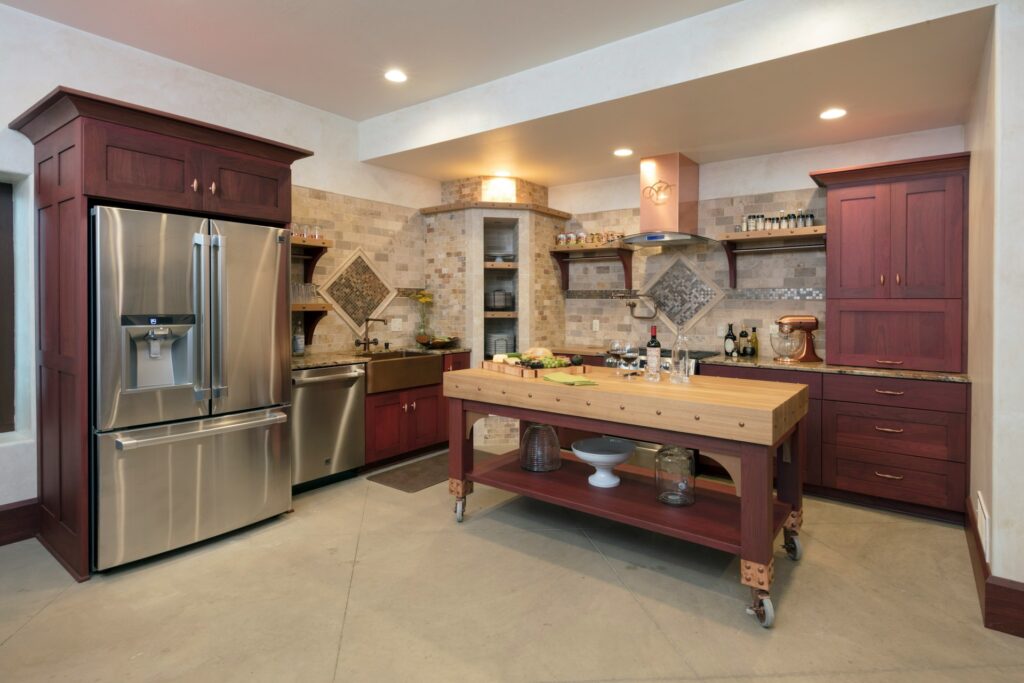Now Reading: Your Hot Water System: Tank vs. Tankless
-
01
Your Hot Water System: Tank vs. Tankless
Your Hot Water System: Tank vs. Tankless
Choosing a new hot water system is a significant decision for any homeowner. It impacts your daily comfort, monthly energy bills, and long-term budget.
Two of the most common options on the market are traditional tank heaters and modern tankless heaters. While both provide hot water, they operate very differently and offer distinct advantages and disadvantages.
Understanding these differences is key to selecting the right option for your household. This article will break down the key factors to consider, including installation costs, operational expenses, performance, and lifespan.
By the end, you will have a clearer picture of which system best aligns with your needs, helping you make an informed investment in your home’s comfort and energy efficiency.
Upfront Cost and Installation
The initial investment is often the first thing homeowners consider. Traditional and tankless water heaters have different price points and installation requirements that can significantly affect your budget.
Traditional Tank Heaters
Traditional water heaters are generally less expensive to purchase and install. Because the technology is well-established and the installation process is straightforward for most plumbers, labor costs are typically lower.
- Lower Purchase Price: The units themselves are more affordable than their tankless counterparts.
- Simpler Installation: In many cases, a new tank heater can replace an old one with minimal modifications to existing plumbing and venting.
Tankless Water Heaters
A tankless water heater usually comes with a higher upfront cost. The units are more complex, and installation can require significant retrofitting, especially in older homes.
- Higher Purchase Price: The advanced technology in tankless models commands a higher price.
- Complex Installation: Installation may involve upgrading gas lines, enhancing electrical circuits, or installing new ventilation systems, which increases labor costs.
Operating Costs and Energy Efficiency
Beyond the initial purchase, the ongoing operating cost is a crucial factor. This is where the differences between the two systems become even more apparent, particularly concerning energy efficiency.
Traditional Tank Heaters
Tank heaters work by continuously heating and storing a large volume of water, typically 40 to 50 gallons. This means the system uses energy around the clock to maintain the water temperature, leading to standby heat loss.
- Constant Energy Use: Energy is consumed even when you are not using hot water.
- Higher Utility Bills: Standby heat loss can account for a noticeable portion of your monthly energy bill.
Tankless Water Heaters
A tankless water heater, also known as an on-demand system, heats water only when you need it. When you turn on a hot water tap, cold water flows through the unit, and a powerful burner or electric element heats it instantly.
- No Standby Heat Loss: Since there’s no tank of water to keep hot, energy is only used during active water flow.
- Improved Energy Efficiency: According to the Department of Energy, tankless systems can be 24% to 34% more energy-efficient than traditional tank heaters, resulting in significant long-term savings.
Performance and Hot Water Supply
How well a water heater performs is measured by its ability to deliver a consistent and adequate supply of hot water. Your family’s size and hot water habits will determine which system is a better fit.
Traditional Tank Heaters
The performance of a tank heater is limited by its tank size. Once the stored hot water is depleted, you have to wait for the tank to refill and heat a new supply.
- Limited Supply: Large families or simultaneous uses (like running a shower and dishwasher) can quickly exhaust the hot water supply.
- Recovery Time: It can take 30 to 60 minutes for a standard tank to heat a new batch of water.
Tankless Water Heaters
A tankless water heater provides a continuous, endless supply of hot water. As long as you have a water source, the system will keep heating it on demand.
- Continuous Hot Water: You never have to worry about running out of hot water, even with multiple, consecutive uses.
- Flow Rate Limitations: However, tankless units have a maximum flow rate. Using too many appliances at once can exceed the unit’s capacity, resulting in lukewarm water. Sizing the unit correctly for your household’s peak demand is essential.
Lifespan and Maintenance
A water heater is a long-term investment, so its expected lifespan and maintenance needs are important considerations.
Traditional Tank Heaters
A typical tank water heater has a lifespan of about 10 to 15 years. They are susceptible to corrosion and sediment buildup, which can reduce efficiency and eventually cause the tank to fail.
- Shorter Lifespan: The constant presence of water and heat leads to eventual wear and tear.
- Regular Maintenance: Annual flushing is recommended to remove sediment and check the anode rod to prevent rust.
Tankless Water Heaters
Tankless water heaters are built to last longer, with an average lifespan of 20 years or more. With fewer parts exposed to corrosive elements, they tend to be more durable.
- Longer Lifespan: Many components are replaceable, allowing for repairs rather than full system replacement.
- Periodic Descaling: Annual or biannual descaling is necessary to remove mineral buildup, especially in areas with hard water.
Space Requirements
The physical size of your water heater can be a deciding factor, especially if you have limited space in your home.
Traditional Tank Heaters
These units are bulky and require a significant amount of dedicated floor space in a utility closet, basement, or garage. Their size can be a major constraint in smaller homes or apartments.
Tankless Water Heaters
Tankless models are compact and wall-mounted, freeing up valuable floor space. Their small footprint allows for more flexible installation options, including closets, crawl spaces, or even on exterior walls.
Environmental Impact
For environmentally-conscious homeowners, the ecological footprint of their appliances is a growing concern.
Traditional Tank Heaters
The standby heat loss associated with tank heaters means they consume more energy over their lifetime, contributing to a larger carbon footprint.
Tankless Water Heaters
By heating water only when needed, tankless systems reduce energy consumption and greenhouse gas emissions. Their longer lifespan also means less waste ends up in landfills.
Making the Right Choice for Your Home
Both traditional and tankless water heaters have their place. A traditional tank heater might be the right choice if you have a smaller budget and lower hot water demand.
However, if long-term savings, endless hot water, and energy efficiency are your priorities, a tankless system is a compelling option despite the higher initial cost.
Evaluate your family’s needs, budget, and long-term goals to determine which system is the best fit for you. To explore specific models and get a personalized quote, click here to connect with a qualified professional.























